Tools to Measure Your Own CO2 Footprint
Do you know your CO2 footprint?
Awareness of CO2 footprints has grown in recent years as people have become more aware of the impacts of climate change and the importance of reducing greenhouse gas emissions. But what is behind it?
A CO2 footprint refers to the amount of carbon dioxide released into the atmosphere due to human activities such as transportation, energy usage, and consumption of goods and services. It is measured in units of carbon dioxide equivalent (CO2e) and is a way to understand the impact of an individual's actions on the environment. The larger the CO2 footprint, the greater the impact on the environment and the more urgent the need to reduce emissions.
How to Reduce our CO2 footprint?
A person's CO2 footprint can be reduced through lifestyle changes such as using public transportation, purchasing energy-efficient appliances, reducing meat consumption, and using renewable energy sources. Companies and governments also have a responsibility to reduce their CO2 footprints and mitigate the effects of climate change. There are many ways companies can minimise their CO2 footprint. Some simple examples are:
- Switch to renewable energy sources like solar and wind power to power their offices and facilities.
- Encourage employees to reduce energy consumption through awareness campaigns and behaviour change programmes.
- Implement smart building technologies to optimise energy use and reduce waste.
- Invest in more efficient transportation methods, such as electrified vehicles and bike-sharing programmes.
- Use sustainable materials in production and limit waste by implementing circular economy principles.
How Can You Measure Your CO2 Footprint?
Measuring the CO2 footprint involves calculating the amount of carbon dioxide emissions that result from various activities, such as driving, electricity use, and food consumption. One way to measure the CO2 footprint is through carbon calculators, which use factors such as energy usage and transportation methods to estimate emissions. Another approach is to use life cycle assessment (LCA) methods to analyse products and processes from raw material extraction to disposal. Additionally, organisations may conduct greenhouse gas inventories to track emissions from their operations and set reduction goals.
If you want to start with simple tools, the following list can give you a good introduction to the topic:
- Carbon Footprint Calculator: This tool helps individuals and businesses calculate their carbon footprint by analysing everyday activities such as transportation, energy consumption, and waste production.
- Sustainability Dashboard: This online tool provides organisations with real-time data to monitor and track their carbon emissions, energy use, and water consumption. It also helps them set goals and take action to reduce their environmental impact.
- Footprint Tracker: This tool measures an individual's carbon footprint based on their daily transportation, energy consumption, and waste production. It offers suggestions for reducing carbon emissions and tracks progress over time.

The Importance of Taking Action
The EU recommends reducing the CO2 footprint through a series of measures, including increasing energy efficiency, promoting renewable energy sources, encouraging the use of low-emission transport, improving waste management, and reducing deforestation. The EU also supports green public procurement, sustainable land-use practises, and carbon pricing mechanisms. Additionally, the EU has set a target to become climate neutral by 2050, which includes net-zero greenhouse gas emissions, and aims to reduce greenhouse gas emissions by at least 55% by 2030 compared to 1990 levels.
The reduction of CO2 is important as excessive amounts of CO2 emissions can lead to a rise in global temperature, which can cause various negative impacts such as sea-level rise, more frequent and severe natural disasters, and damage to ecosystems and human health. Additionally, reducing CO2 emissions promotes sustainable development by encouraging the use of renewable energy sources, increasing energy efficiency, and promoting green initiatives. Taking action to limit CO2 emissions is crucial for mitigating the effects of climate change and preserving the planet for future generations.




